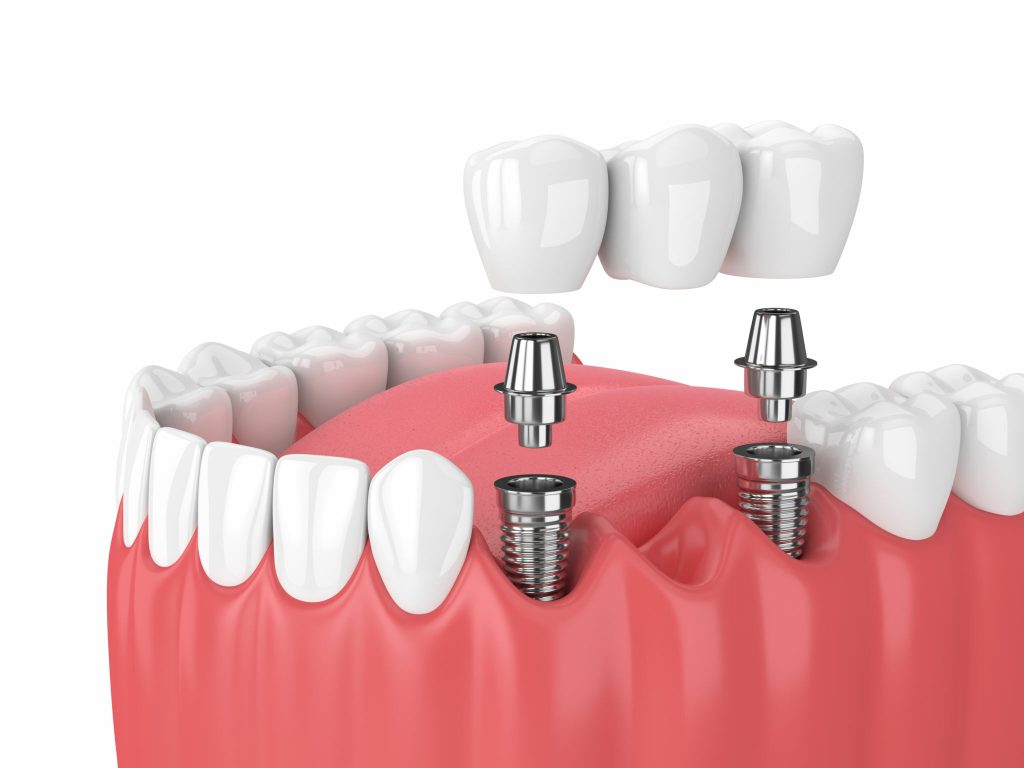
For patients considering tooth replacement options, understanding the appearance and structure of dental implants can help alleviate concerns about how the final result will look. Many dental clinics in Irvine offer comprehensive consultations where patients can see models and images of implants before making their decision. Modern dental implants have evolved significantly in both function and aesthetics, making them virtually indistinguishable from natural teeth. This guide explores the components that make up a dental implant, how they appear in the mouth, the various types available, and what to expect during the implantation procedure.
Anatomy of a Tooth Implant
Let’s explore the intricate structure of a tooth implant to understand its components and functions better. A tooth implant consists of three main parts: the implant, abutment, and crown. The implant, typically made of titanium, is surgically placed into the jawbone to serve as the root of the artificial tooth. This provides a sturdy foundation for the entire structure. Attached to the implant is the abutment, which connects the implant to the crown. The abutment acts as a connector and supports the custom-made crown, which is the visible part of the tooth implant. Crowns are usually made of porcelain or ceramic, mimicking the look and function of a natural tooth. Understanding the anatomy of a tooth implant is essential for comprehending its durability and functionality.
Components of a Dental Implant
Understanding the components of a dental implant is essential for comprehending its structure and functionality. A typical dental implant consists of three main parts: the implant fixture, the abutment, and the dental prosthesis. The implant fixture is a titanium post that is surgically placed into the jawbone, serving as the root of the artificial tooth. The abutment connects the implant fixture to the dental prosthesis, such as a crown or bridge. It protrudes from the gum line to provide support for the prosthesis. The dental prosthesis is the visible part of the implant, custom-made to match the color and shape of natural teeth. Together, these components work seamlessly to restore function and aesthetics to the smile.
Visual Appearance of Tooth Implants
When considering tooth implants, the visual aspect plays a significant role in achieving a natural-looking smile. The crown, or the visible part of the implant, is custom-made to match the color, shape, and size of your natural teeth. This ensures that the implant seamlessly integrates with the rest of your smile. The crown is crafted from durable materials like porcelain or ceramic, providing a natural look that is both aesthetically pleasing and functional. Moreover, the gum tissue around the implant is carefully sculpted to mimic the natural gum line, further enhancing the realistic appearance of the implant. Overall, the visual aspect of tooth implants is meticulously designed to restore your smile to its former glory.
Comparison of Tooth Implant Types
Exploring different types of tooth implants allows individuals to make informed decisions regarding their oral health and desired outcome. There are primarily three types of tooth implants: Endosteal implants, which are surgically implanted into the jawbone and are the most common type; Subperiosteal implants, which consist of a metal frame fitted onto the jawbone below the gum tissue; and Zygomatic implants, which are longer and anchor into the cheekbone instead of the jawbone for patients with severe bone loss. Each type has its unique benefits and considerations, such as bone density requirements and healing time. Consulting with a qualified dental professional is essential to determine the most suitable implant type based on individual needs and oral health conditions.
Understanding the Implant Procedure
We will now explore the step-by-step process involved in receiving a tooth implant, offering a thorough overview of the procedure. The implant procedure typically involves several key steps. To begin with, the dentist will assess the patient’s oral health and create a personalized treatment plan. Next, the damaged tooth is removed, and if necessary, bone grafting may be performed to secure a stable foundation for the implant. After the jawbone has healed, the implant, a titanium post, is surgically placed into the bone. Over the next few months, osseointegration occurs, where the bone fuses with the implant. Finally, an abutment and a dental crown are attached to the implant, completing the restoration. This meticulous process results in a durable and natural-looking tooth replacement.
Related Topics:
